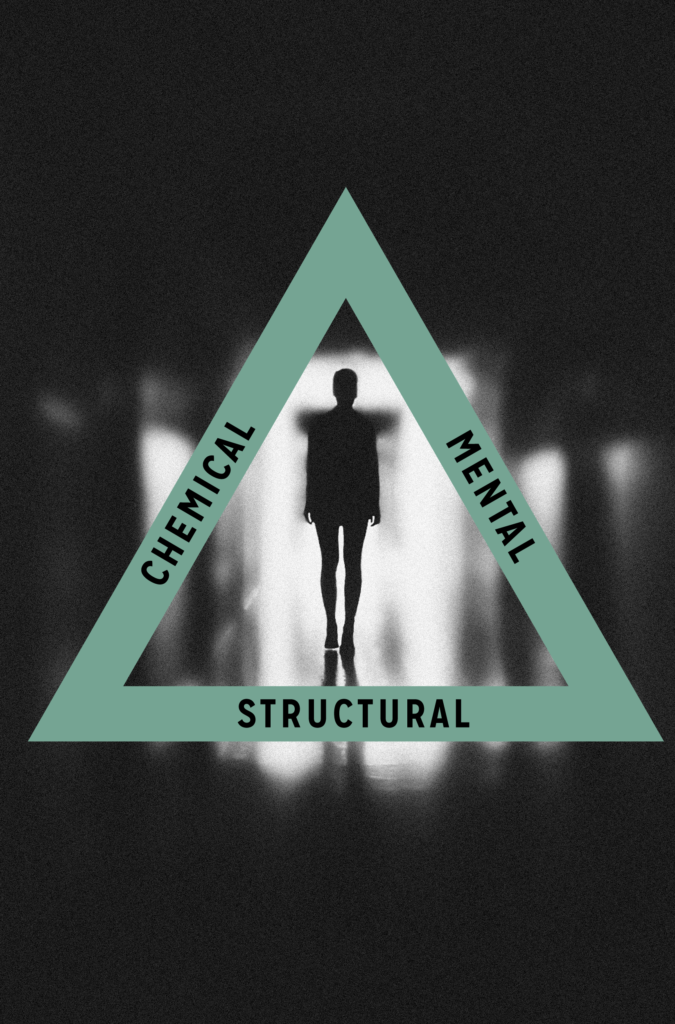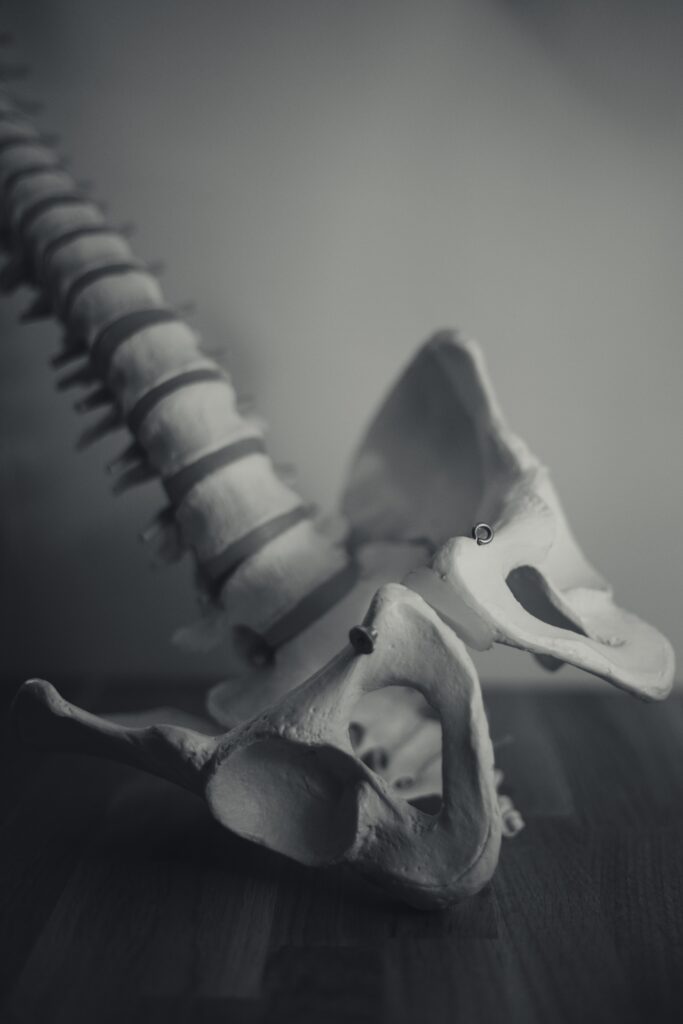SERVICES

FUNCTIONAL HEALTH CARE
Functional health care looks at the body as a whole instead of in pieces. While symptoms may not seem to fit together, many times they do when we look deeper into the cause. By identifying the root cause of the symptoms we are able to get the body functioning properly once again. In functional health care we use laboratory testing with ranges that may not be the same as the ranges provided by the labs or other doctors. Because our goal in functional health care is optimal functioning, our ranges for lab tests are where the human body functions optimally. Those not trained in functional health care will look for gross pathologies (cancer, diabetes, kidney failure, etc.) while we look for underlying problems that may lead to gross pathologies in the future. Functional health care is a large part of preventative health care which is starting to be addressed in the United States. Many of our patients suffer from complex and on-going health problems like autoimmune diseases, Lyme disease, Autistic Spectrum Disorders, hormone imbalances, and fatigue or low energy. Functional health care allows us to see past the diagnosis into the problems that started the ailment in the first place.

Applied Kinesiology (AK) evaluates structural, chemical and mental aspects of health using manual muscle testing combined with other methods of diagnosis such as laboratory testing, examinations, and a complete history and consultation. AK is a non-invasive way of evaluating body’s function that is unique in health care.
The literal definition of “applied kinesiology” is “to put to practical use (applied) the study of the principles of mechanics and anatomy in relation to human movement (kinesiology).” Human movement is produced by muscles. Applied kinesiology uses manual muscle testing to provide information and evaluate body function.
After the examination and evaluation with AK, treatments that are used will depend on the practitioner and their license. As a chiropractor, Dr. Herbert uses specific soft tissue and joint manipulation, cranial adjusting, nutrition, and lifestyle counseling to help the patient.


TRIAD OF HEALTH
The triad of health lists the three basic causes of health problems as structural, chemical (nutritional), and mental (emotional). All health problems, whether acute or severe, involve one, two, or all three sides of the triad. AK enables the doctor to identify imbalances in the triad and the treatments that are appropriate to restore balance.
A Professional Applied Kinesiologist is certified through the International College of Applied Kinesiology. To receive this certification, the practitioner must take the approved 100 hour postgraduate course and pass a proficiency exam at the end of the course. This provides standards that must be met for a practitioner to call themselves a Professional Applied Kinesiologist. AK is used in many disciplines in medicine, although in the United States it is mostly utilized by chiropractors. To find a Professional Applied Kinesiologist near you, go to the International College of Applied Kinesiology website.
An educated AK practitioner can work from a functionally inhibited muscle (weak) or a functionally facilitated muscle (strong). Either way the doctor is able to identify what is causing functional imbalances within the body. This allows the doctor to streamline treatments and make them specific for each patient, which allows for a quicker recovery.

CHIROPRACTIC CARE
There is so much more to chiropractic care than pain management and “popping” the neck or back. Many people are now realizing all that chiropractic care can do for their health. Chiropractors are experts in working with all joints, muscles, and soft tissues of the body. Many also further their training through nutritional therapy that can help balance other aspects of health such as digestion, hormone production, and brain performance. There are a number of techniques within chiropractic, most of which are low force and do not cause the “popping” or “cracking” typically associated with this type of care.


CRANIAL THERAPY
A gentle yet very powerful technique for healing is cranial therapy. For many years the skull was thought to be a solid structure of bones fused together. It has been learned that the bones of the skull move, very subtly, with breathing to help pump the cerebral spinal fluid. When these bones become misaligned they are called cranial faults. Common symptoms of cranial faults are headaches, migraines, sinus congestion, twitching eye lids, and poor vision.
It is easy to see how physical trauma such as birth could cause a cranial fault. But it has been noted that chemical/nutritional and emotional trauma can also cause cranial faults. This is yet another reason why it is important to see the patient as a whole being rather than multiple unrelated symptoms.
The cranial bones can be evaluated in a number of ways. Dr. Herbert uses muscle testing as part of an applied kinesiology examination to identify cranial faults. To adjust cranial faults, gentle pressure is applied to the bones of the head in a specific direction as the patient breaths. Patients are generally surprised at the effectiveness of this technique and often describe immediate relief following cranial therapy.

From in the womb until about 2 years old our body uses neonatal reflexes as survival and developmental mechanisms to allow us to develop and grow. Because our main brain (cortex) is not developed enough at this time, we use reflexes from our brain stem to keep us alive until our cortex is fully developed and can make survival decisions. These reflexes should be integrated in a certain order and at certain times to help us develop properly (for example: rolling over, sitting up, crawling, then walking). Improper integration can hold back development in children and affect social, academic, and/or athletic ability. These reflexes can also be regained (brought back) by a severe trauma which could be physical, emotional, or chemical/nutritional. By integrating/re-integrating these reflexes we are able to help with nervous system balance, hormone regulation, ADHD, autism, coordination, and proper development.
Click here to read a detailed report on Retained Neonatal Reflexes. Learn more about this technique here.


When we are injured, our body makes compensations allowing us to continue to function while the injury heals. After healing, these compensations should resolve allowing for proper functioning of the body as a whole. Sometimes the compensations do not resolve and can contribute to new injuries or hold back the complete healing of the old injury.
Injury Recall Technique (IRT) is used to erase the neurological memory of past injuries and promote full recovery from injuries and any compensations that have developed because of it.

One of the gentlest techniques used in chiropractic care is called Logan Basic Technique (LBT). LBT uses pressure on a ligament between the tailbone (sacrum) and the part of the pelvis that we sit on (ischium). The pressure is placed on a ligament to relax it and move the sacrum back into balance, while also aligning the spine with gentle pressures at each vertebra.
Although gentle, this is a very powerful healing technique and very effective in helping with scoliosis and adjusting pregnant mothers and those with osteoporosis. Learn more about this technique here.
Diversified technique is the most common type of adjusting technique used by chiropractors. Because of this, it is also the type of adjustment most people associate with chiropractic care. It uses a specific, high velocity, low amplitude movement to adjust a joint so that it is moving properly again. Learn more about this technique here.


To fuel your body requires proper nutrition. As your food is broken down into its basic parts, your body takes those parts and uses them in many different ways. For example, proteins are broken down into amino acids that are used to build muscles, detoxify material in the liver, make neurotransmitters in the brain and nervous system, and make bile in the gall bladder. Vitamins and minerals are used in all of these processes too! Dr. Herbert uses nutritional supplements to return the body to health and then teaches you how to keep it there with proper lifestyle choices to minimize supplementation throughout life.
